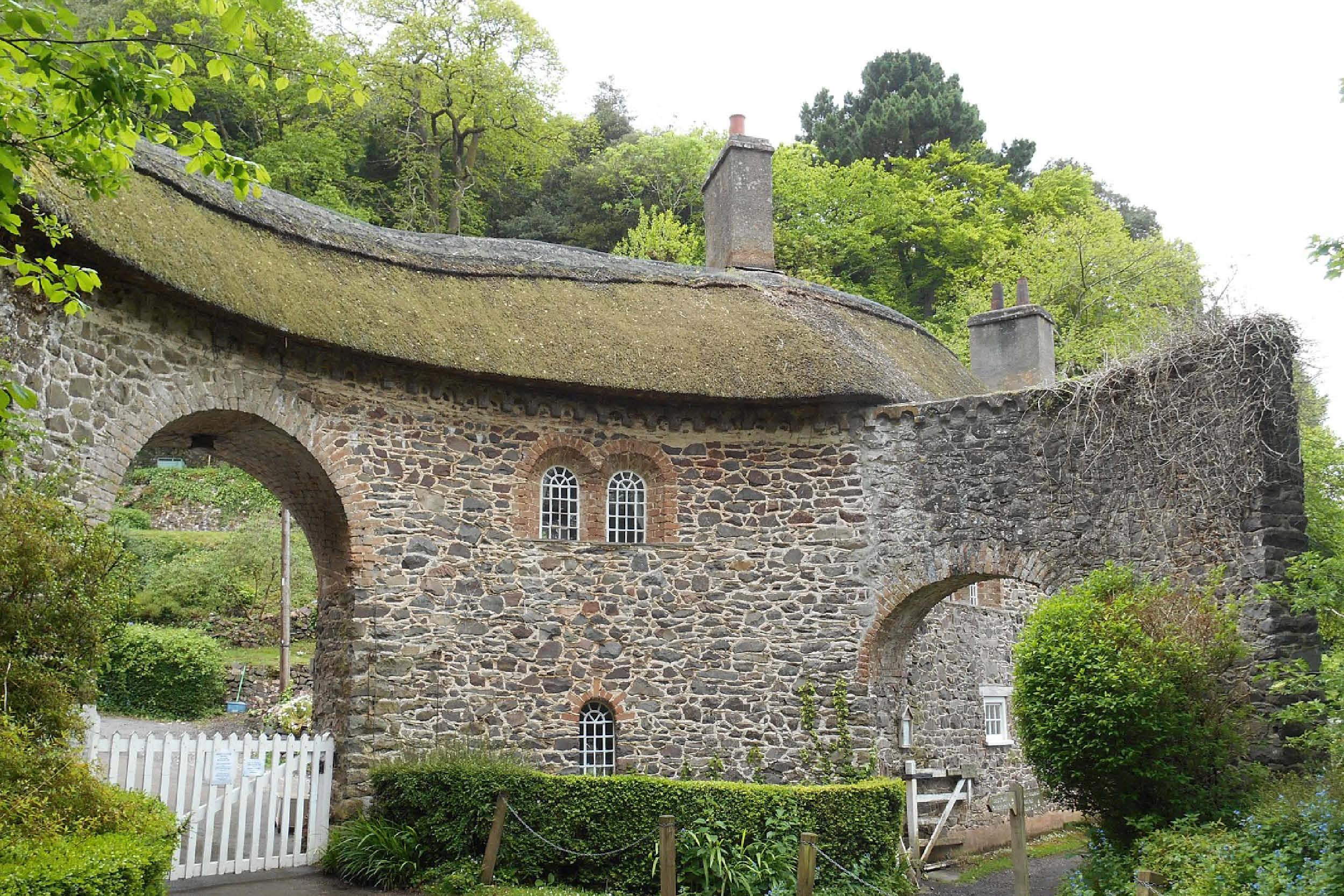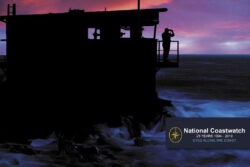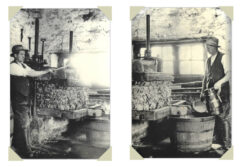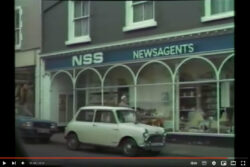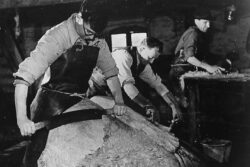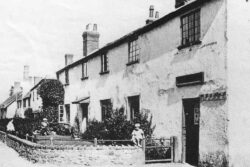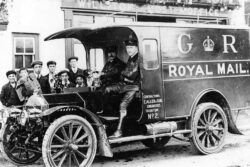In the sparsely populated areas around Exmoor there were extensive Turnpike trusts based on Minehead 1765. The exact site of a number such as Alcombe, Dunster, Cowbridge, Chilly Bridge, Exebridge, Carhampton,Blue Anchor, Five Bells, 2 Williton, Ashbeer and Stowey toll houses is known but the exact whereabouts of 13 others is uncertain.
In 1765 the turnpike road from Dunster to Watchet was opened. It followed the coast at Blue Anchor just as it does today but without the protection of the sea wall, of course, and became the route followed by early visitors
to Exmoor.
Three years earlier Minehead merchants had petitioned Henry Fownes Luttrell for permission to make a turnpike from Puddle Bridge in Lower Town (near the Old Priory) to the Strand near the entrance to Quay Street.
The Minehead turnpikes were administered in 5 districts -Minehead, Dunster, Watchet, Crowcombe and Stowey. The trust was set up to improve the state of the roads for the increasing volume of wheeled traffic. Better roads led to better vehicles which horses pulled more efficiently and faster. It could take tolls and borrow money but parishes still had to repair their own roads. Turnpike roads were barred at intervals by locked gates and a house was built alongside for the Toll keeper to live in.
The word turnpike was originally a military term for ‘a spiked barrier fixed in or across a road or passage as a defence against sudden attack, especially of men on horseback.’ The bars erected on toll roads resembled these barriers and so were referred to as ‘turnpikes’ from the late C17.
Many toll houses resembled lodges built at the entrance to large estates and those built in the 1820’s had polygonal fronts allowing the collectors an good view up and down the roads. On major roads some were very grand with castellations to impress wealthy travellers.
In country locations where the buildings were more vulnerable to attack the windows had shutters and/or iron bars. They even had built in safes. The idea of erecting them to a higher standard than the local cottages was in order to attract honest and reliable collectors!
Toll gates were auctioned annually to the highest bidder who arranged for the tolls to be collected. Tollhouse keeping often ran in families. Before coming to Dunster the Elliotts had occupied the turnpike house near the cross roads at Exebridge and after that the one at Carhampton near Great Firs. When George, her husband died, Caroline continued to be tollkeeper at West Street, Dunster right up until the system was abolished. She was 92 when she died in 1929.
While keeping the Dunster gate George Elliott figured in one of the last prosecutions for nonpayment of a toll. In February 1876 George gave evidence that Richard Pain, a Dunster miller and farmer, had passed through the gate with a horse and cart and failed to pay the 4 1/2 d toll.
Defendants used a range of excuses for non-payment and were quite often successful. In this case Pain said he did not think he had to pay a toll because his cart was carrying corn which he was going to use on his own field.
The bench adjourned the case while it took advice on the point. When they returned with their findings the next month, the prosecution was told that it had failed as agricultural produce grown by the owner and not sold or going for sale could pass free through a tollgate.
There was one keeper in Carhampton who was a real stickler for toll gate duty and on one occasion she saw no reason to let an elephant belonging to Wombwell’s Menagerie through. Whereupon the the man in charge of the elephant gave a word of command and the large beast tore down the gate and carried it away !
This same woman, Betty, had a midnight encounter with the Rev.W.H.Thornton, a noted Exmoor parson, from Simonsbath.
He was riding to Taunton to catch a train and found the tollgate locked, which was not surprising as it was 1am. He woke Betty up with some difficulty by knocking loudly and using language not entirely compatible with his clerical collar. Betty was by now 80yrs. She opened the door half dressed, lost her slipper in a puddle,fished it out, gave the parson the length of her tongue, took the toll and went back to bed!
A story that used to be linked to one of the Watchet Tollgates was that several men carried a donkey through so that they could say that it had not been on the highway so no toll was due.
Later research revealed that although the story is true, it happened at Compass Hill Gate in Taunton where the men were chased by the toll-keeper who demanded payment and was refused. The argument that the donkey had not been on the highway was pursued at great length in the court. The magistrates found in favour of
the carriers.
There were great celebrations when the last ever turnpike toll road at Llanfairpwill on Anglsey was removed after 200yrs under the hated system. Some privately owned toll roads remained where the landowner was responsible for its upkeep.
Some bridges were built by companies rather than Trusts and continued to charge tolls.
The tolls on some of these bridges were abolished by the Council buying up the tolls. There are 23 toll roads in the UK 18 of which are river crossings. They are re-appearing on motorways like the M6 but at least the Severn Bridge toll has now been scrapped. I have included a range of West Somerset Toll House architecture.
Most people will recognise the Williton one and the splendid one on the Worthy Toll Road beyond Porlock Weir which is still in use today.
The current fee to use it is £2.50. It provides an alternative to driving up Porlock Hill and is a scenic route through woodland as well as a visitor attraction. The former C18 Nether Stowey Toll house is now a romantic holiday retreat. The windows in its architecture hint at its former use, as this feature allowed the keeper to have a
wide ranging view.
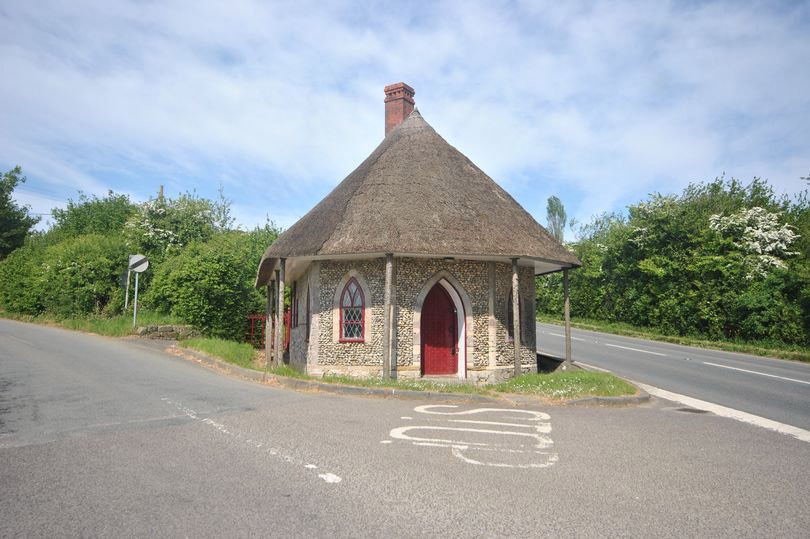
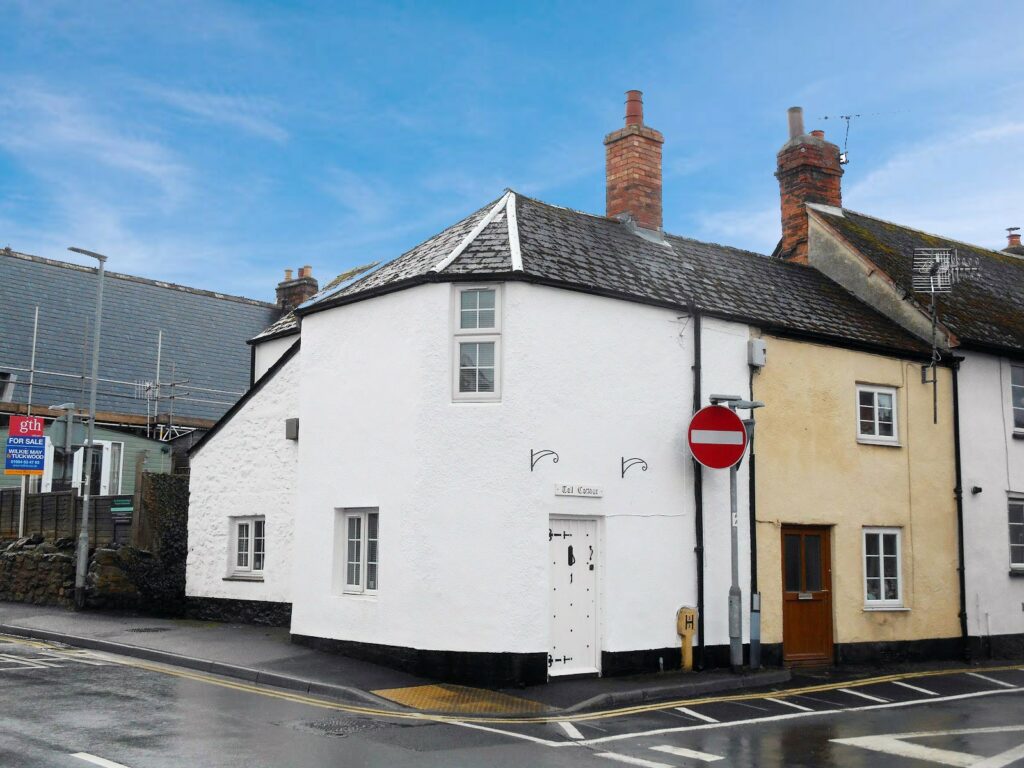
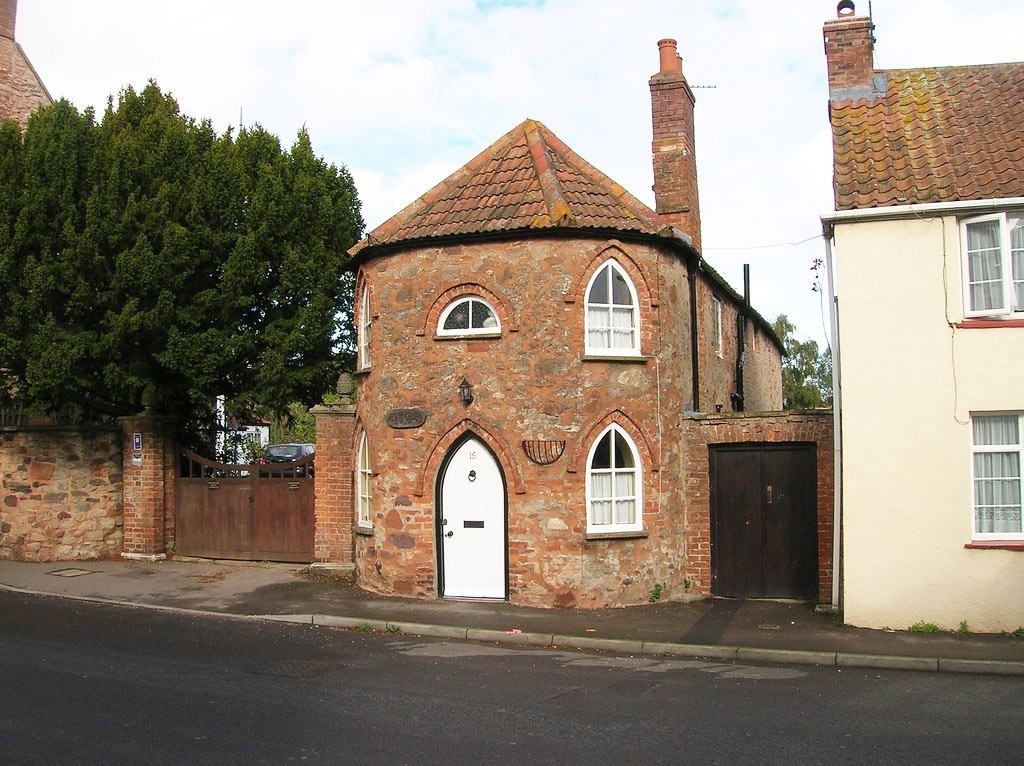
Compiled by Sally Bainbridge on behalf of Minehead Conservation Society.
Buy the book! Minehead & Beyond
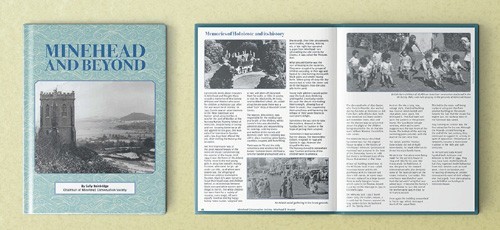
This book is a compilation of articles written for this magazine by Sally Bainbridge on behalf of Minehead Conservation Society. It contains information about the richness of West Somerset’s history; culture; people; heritage; traditions and beautiful and varied landscape. The book costs just £5 and all profits go to Minehead Conservation Society.
Available to buy from AR Computing, Park Lane Home Furnishing (in their Park Lane shop), Minehead Tourist Information Centre and Townsend House (Monday am).
Office: Townsend House, Townsend Road, Minehead TA24 5RG (01643 706258) E-mail: [email protected]
